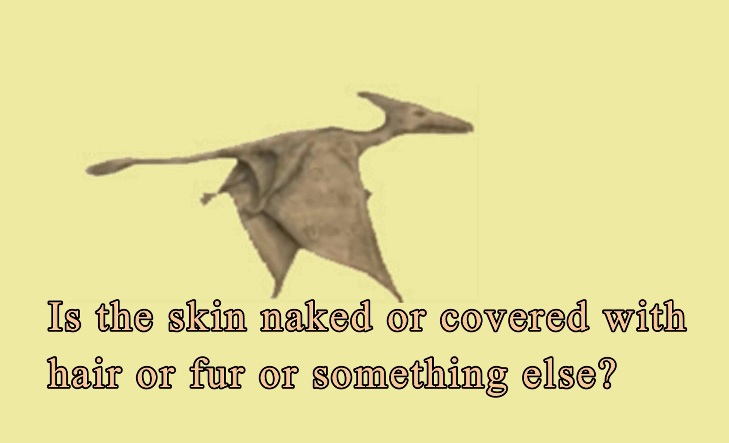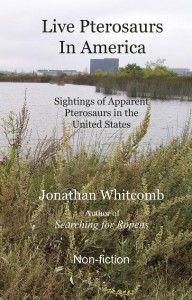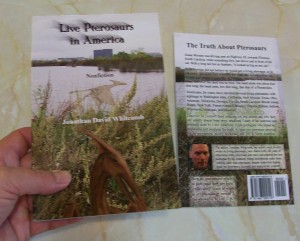By the cryptozoologist Jonathan D. Whitcomb
For five months, I’ve been regularly uploading videos to my new Youtube channel Protect Animal Life. Yesterday I uploaded “Am I Crazy? Living Pterosaurs.” That deserves an explanation.
Three years ago an anonymous Youtuber uploaded a long video that attacked what that man portrayed as my beliefs and my positions on extant pterosaurs. He had no problem using my real name in that video.
By August of 2019, that sarcastic and inaccurate and misleading video had accumulated over half a million views on Youtube. I felt that it was time to make a short video for my own Youtube channel (Protect Animal Life), a video in which I suggest that I am not crazy and the concept of living pterosaurs is not a crazy idea. Here’s the video, which has a bit of humor:
Mini-documentary video uploaded to Youtube on Sep 2, 2019
.
###
.
Living Pterosaurs – in newspapers
On occasion over the past 16 years, a critic might say something like, “If pterosaur are still living, why do we not see newspaper articles on them?” Such a skeptic may assume that he or she would have heard or read about such a newspaper article if it existed. In reality, no critic of living-pterosaur investigations reads every headline of every newspaper, not even just the ones printed in the United States.
.
Do crazy people see pterodactyls?
. . . those eyewitnesses, more numerous than most Americans would guess, need no longer be afraid that everyone will think them crazy, and no longer need they feel alone.
.
Living pterosaur video on Youtube
This mini-documentary gives you several eyewitness reports of apparent non-extinct “pterodactyls” observed in Hawaii.
.
A playlist on Youtube: “From me to you”
As of September 3, 2019, these are the videos on this playlist:
- Am I Crazy? living pterosaurs
- A Confession About a Pterodactyl
- Living Pterosaurs – in newspapers
.
New Youtube video on pterosaurs
Jonathan Whitcomb is on camera in “A Confession About a Pterodactyl”
.
Youtube video on “pterodactyls” in California
The video is titled “A confession about a pterodactyl” and gives my account of an ironic twist in my life: from a severe skeptic to a firm believer in modern pterosaurs.
.
Another video on living pterosaurs
.
Video about pterosaurs in newspaper articles
I uploaded a video to Youtube: “Living Pterosaurs – in newspapers,” an introduction to some newspaper articles published over the years, one of them being back in the late 1800’s. Part of this mini-documentary explains part of why such news coverage is rare in the United States: Average readers assume that all “pterodactyls” became extinct long ago, and any reported sighting of a living one should be a mistake.
.








